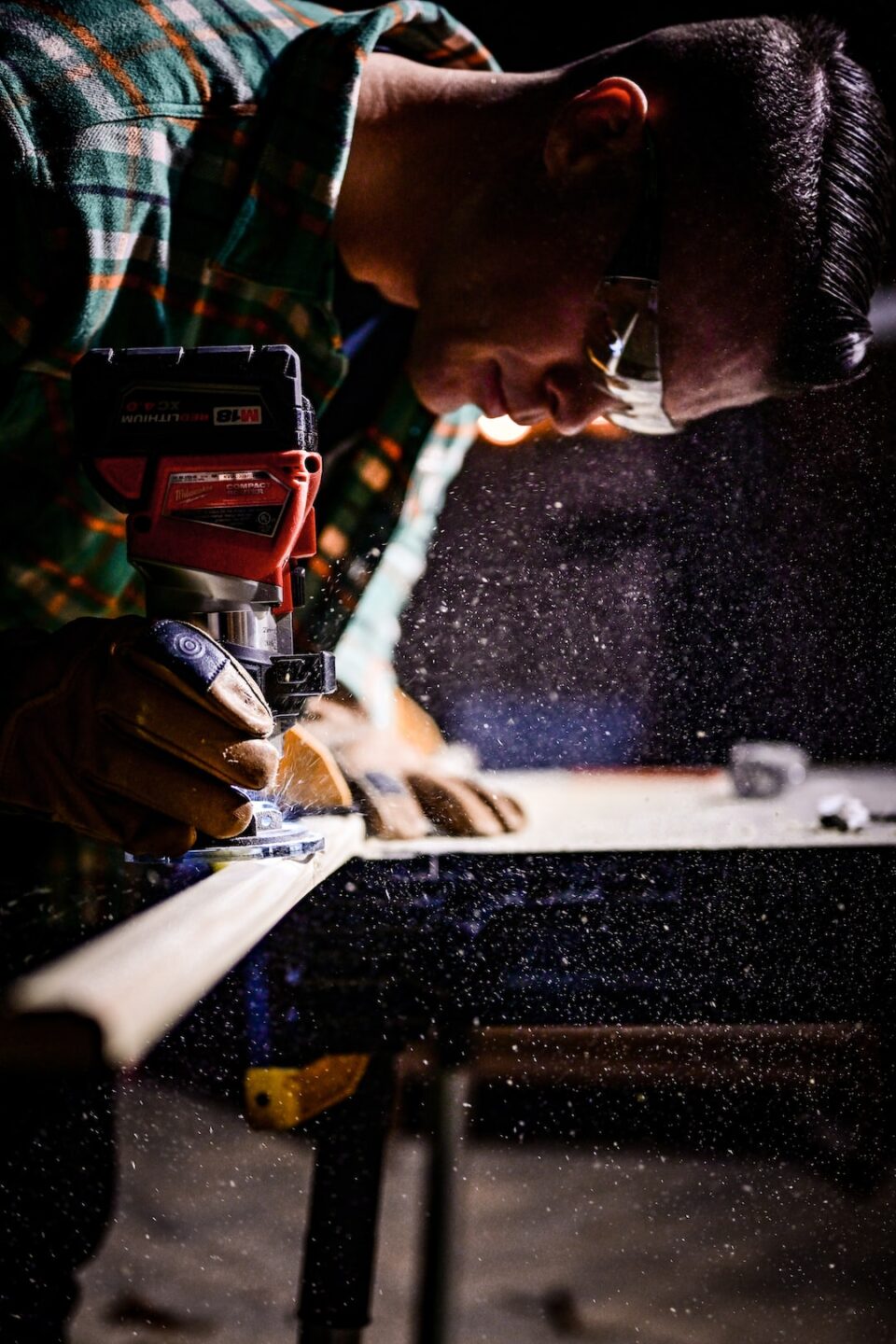The Role of Human-Machine Collaboration in the Factory of the Future
The rapidly advancing field of technology has transformed the way industries operate, paving the way for what is now commonly referred to as the “Factory of the Future.” This concept envisions a highly automated and interconnected factory setting, where machines and humans work collaboratively to enhance productivity and efficiency. In this blog post, we will explore the role of human-machine collaboration in shaping the factory of the future.
In the past, factories were characterized by assembly lines where workers performed monotonous and repetitive tasks. However, with the introduction of intelligent machines and automation, the factory of the future aims to alleviate the burden on human workers by automating mundane tasks, allowing them to focus on more complex and creative roles.
One prominent example of human-machine collaboration is the integration of collaborative robots, also known as cobots, into factory environments. Cobots are designed to work alongside humans, assisting them in carrying out tasks that require strength, precision, or agility, while still ensuring worker safety. This collaboration allows for improved productivity and the ability to take on more challenging projects that combine human ingenuity with machine precision.
Moreover, advancements in artificial intelligence have enabled machines to learn from human expertise and develop the ability to comprehend complex scenarios. This opens up opportunities for humans to work alongside machines in decision-making processes. In the factory of the future, human workers can leverage their experience and intuition while machines analyze vast amounts of data and make recommendations, resulting in more informed and efficient decision-making.
Another crucial aspect of human-machine collaboration lies in the field of predictive maintenance. Traditionally, factories have relied on scheduled maintenance activities, which often result in unnecessary downtime and inefficient use of resources. However, by employing machine learning algorithms and real-time data analysis, machines can constantly monitor their performance and identify potential issues before they escalate. This information is then relayed to human operators who can take appropriate action, resulting in reduced downtime and increased operational efficiency.
Furthermore, the factory of the future envisions a highly interconnected ecosystem, where machines communicate with each other, exchange information, and autonomously coordinate their activities. This collaborative network, known as the Internet of Things (IoT), enables real-time data sharing and facilitates communication between humans and machines. For instance, wearable devices can provide workers with essential information about machine performance, health, and safety metrics in real-time, allowing them to make informed decisions and take preventive measures promptly.
Human workers, on the other hand, possess cognitive abilities that machines are yet to replicate fully. This includes reasoning, critical thinking, and ethical decision-making. Machines excel in tasks that are rule-based and repetitive, while humans are better suited for tasks involving creativity, empathy, and complex problem-solving. By leveraging the strengths of both humans and machines, the factory of the future can achieve unprecedented levels of productivity, efficiency, and innovation.
However, the integration of human-machine collaboration in the factory of the future poses challenges that need to be addressed. One primary concern is the potential displacement of human workers. As machines become more capable and autonomous, there is a fear that human workers will be replaced, leading to unemployment and socio-economic inequality. To combat this, it is essential to invest in upskilling and reskilling programs that enable workers to transition into new roles that require higher-level skills.
Furthermore, the factory of the future also raises ethical dilemmas, particularly in terms of data privacy and security. As machines continuously collect and analyze vast amounts of data, it is crucial to establish regulations and frameworks that protect sensitive information and ensure transparency and accountability.
In conclusion, the factory of the future relies heavily on human-machine collaboration to achieve its full potential. By leveraging the strengths of both humans and machines, factories can enhance productivity, efficiency, and innovation. While there are challenges that need to be addressed, such as workforce displacement and ethical considerations, the benefits of collaboration outweigh the risks. The factory of the future presents a paradigm shift in manufacturing, offering opportunities to redefine the roles of humans and machines in a way that maximizes their unique capabilities and creates a more sustainable and prosperous future.

